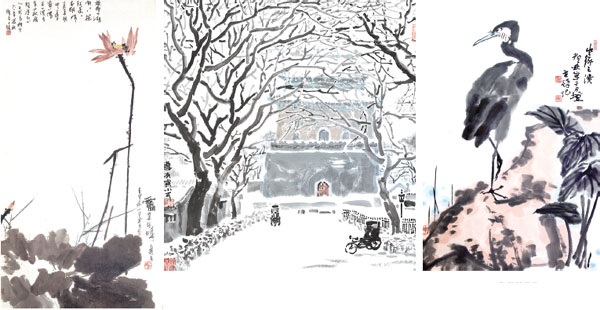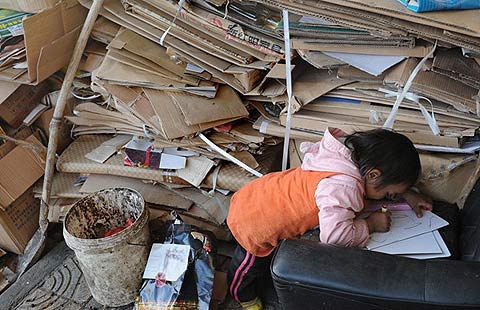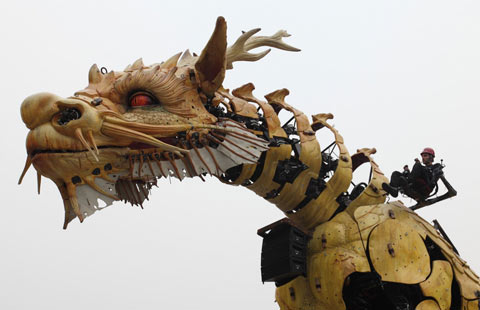Artists following in their fathers' footsteps
Updated: 2014-10-14 07:29
By Deng Zhangyu(China Daily)
|
|||||||||||
The descendants of famed painters, including a French impressionist and several Chinese masters, come together in Beijing to celebrate their legacies, Deng Zhangyu reports.
More than 100 paintings by Qi Baishi, Xu Beihong, Pan Tianshou, Li Kuchan, Li Keran, Wu Zuguang, Xu Linlu and Pierre-Auguste Renoir were assembled to display at Beijing Exhibition Center which ended on Sunday. For the first time, descendants of these master painters gathered at the same site to talk about how their families' art legacies have been passed down.
Jean-Emmanuel Renoir, great-grandson of Pierre-Auguste Renoir, an icon of impressionism, was making his first visit to China. He was warmly welcomed by his Chinese counterparts from renowned artists' families, saying it made him "feel like a star".
|
Pink Lotus (left) by Pan Tianshou in 1963. Snow (middle) by Li Xiaoke, son of Li Keran, in 2010. Egret (right) by Li Kuchan in 1973. Below: The print edition of Pierre-Auguste Renoir's Dance at le Moulin de la Galette. Photos Provided to China Daily |
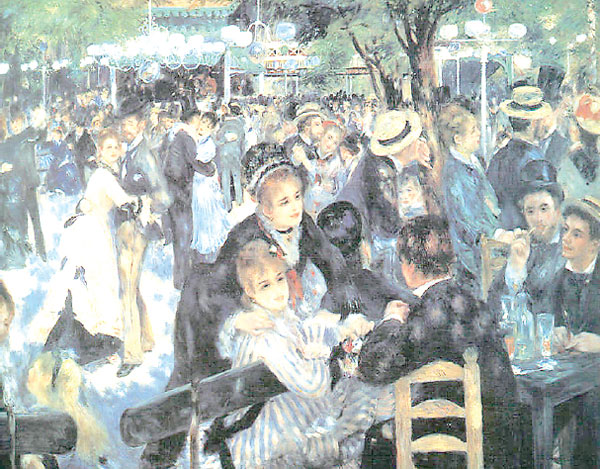
Jean-Emmanuel Renoir has enjoyed a career as an art dealer since the 1990s. He set up Renoir Fine Art Inc to deal in works of impressionists and painters from the 19th century. His younger brother is an artist who tries to paint creatively based on their great-grandfather's masterpieces.
Because much of his family's collection has been sold to finance the films of Jean Renoir, the master painter's son, the family now has few of their ancestor's works, among which many are ceramics and sculptures. However, the younger Renoir is confident and eager to promote the impressionism icon in China.
He says his connections to a dozen private and museum collections of Renoir will enable him to hold a large-scale show of Renoir in China in the future.
"I'm sure I will bring more Renoirs to China," he says.
Unlike the fourth-generation Renoir, most of the Chinese descendants at the event choose to be artists themselves - or to be professors or experts on their fathers' art heritage.
Qi's granddaughter Qi Huijuan spends most of her time painting shrimp - a subject for which her forebear is known as a household artist in China. Pan's son Pan Gongkai has just retired from his position as the president of the Central Academy of Fine Arts; his father was the former president of National Art College, elements of which later became CAFA and the China Academy of Art.
Xu Qinping is dean of the Xu Beihong Art Center of Renmin University. Following the footsteps of his father, a Chinese painter known for his ink horses, the younger Xu also focuses on horse painting. On the other hand, he devotes himself to research in art history and is a professor who promotes his father's artistic spirit.
Because Xu Beihong donated most of his works to museums, there's little left for his son. But for Li Xiaoke, he owns enough of his father's works to run a foundation.
Li's father is Li Keran, a well-known ink painter of landscapes and of cows. Li and his mother set up an art foundation named after his father in 1998. The foundation has held more than 20 shows of Li Keran in different countries to promote his artworks. Meanwhile, it funds creative young artists and gives awards to outstanding ones.
The younger Li is also a painter of traditional Chinese painting; he concentrates on landscapes.
Li Kuchan was a master of Chinese painting of birds and flowers, and his son Li Yan is now a professor at the Academy of Arts & Design, Tsinghua University. Also an artist, the younger Li has an art studio.
"I always hold shows of my father's pieces. I want more art lovers to feel the beauty of my fathers' works," he says.
Yu Runde, art director of the group exhibition, says the descendants are devoted to promoting their fathers' artistic spirit, and it's the first time for these families to bring their collections together for show.
"They try hard to inherit the art legacy from their parents and pass them on to a wider audience, " says Yu. "Although their children's own paintings can't reach that high level, the spirit of those masters never fades."
Contact the writer at dengzhangyu@chinadaily.com.cn
(China Daily 10/14/2014 page22)
Today's Top News
Premier Li in Russia to boost trade ties
China's exports jump 15.3%
IMF risks irrelevance without change, experts say
China bites into US carp problem
China's economic slowdown 'welcomed'
HK chief urges lawful reform
Second Ebola case in US caused by 'breach in protocol'
China, Germany sign $18.1 billion deals
Hot Topics
Lunar probe , China growth forecasts, Emission rules get tougher, China seen through 'colored lens', International board,
Editor's Picks

|
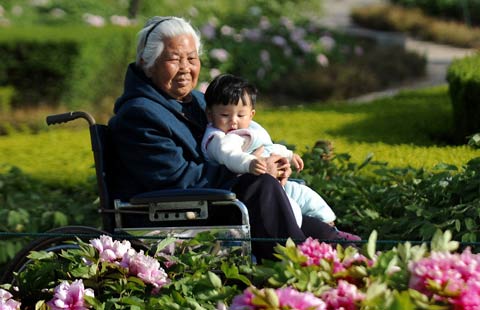
|

|
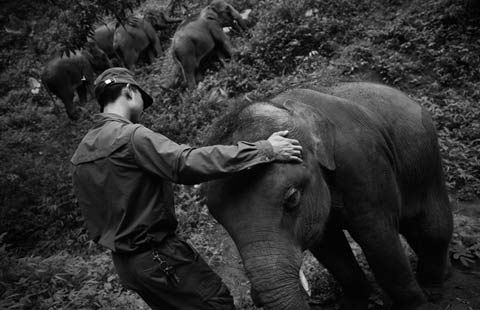
|

|
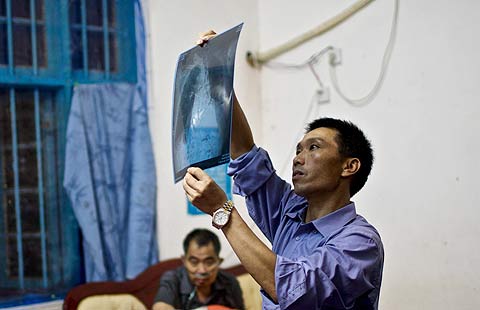
|
